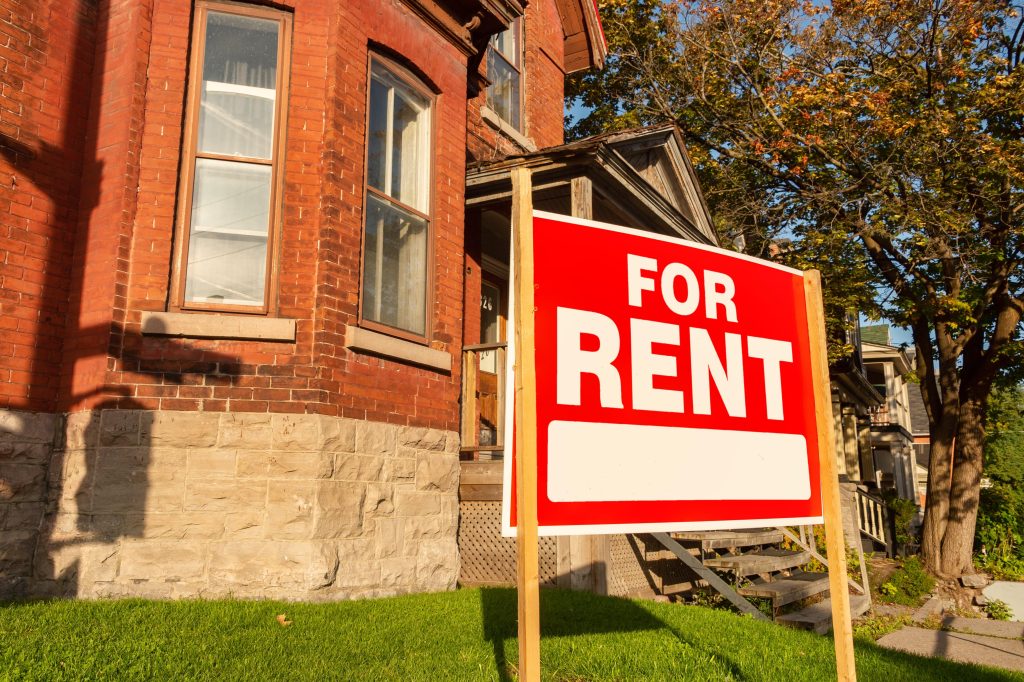Owning a vacant property comes with its own unique set of risks and responsibilities, making adequate insurance coverage essential. However, many property owners overlook one crucial aspect: regularly reviewing their vacant property insurance policy. Failing to keep your policy up to date could leave you exposed to unexpected gaps in coverage or paying for protections you no longer need. In this article, we’ll explore why it’s important to review your vacant property insurance regularly and how often you should be doing it to ensure your investment remains safeguarded.
Table of Contents
- Frequency Considerations for Reviewing Vacant Property Insurance Policies
- Key Triggers That Necessitate Immediate Policy Review
- Assessing Coverage Adequacy in Response to Market and Property Changes
- Best Practices for Maintaining Continuous Protection and Avoiding Coverage Gaps
- In Summary
Frequency Considerations for Reviewing Vacant Property Insurance Policies
Regularly assessing your vacant property insurance is crucial to ensure your coverage aligns with current risks and property value changes. Ideally, revisit your policy at least bi-annually or following any major life events, such as remodeling, extended vacancy periods, or changes in local regulations. These intervals allow you to identify gaps in coverage before potential claims arise, minimizing unexpected financial exposure. Remember, insurance policies can also be influenced by seasonal patterns, such as increased theft or weather risks during specific times of the year, making these periodic reviews key to maintaining optimal protection.
Additionally, stay informed about market trends and new insurance options that might benefit your property. Consider the following when planning reviews:
- Property condition updates: Repairs, renovations, or deteriorations can alter risk levels.
- Insurance law changes: Shifts in policy regulations or coverage requirements.
- Premium adjustments: Premium hikes or discounts based on market shifts or claims history.
- Vacancy duration: Extended vacancies may require different policy terms.
Consistent evaluation ensures you’re neither overpaying nor underinsured—giving peace of mind that your vacant property remains safeguarded regardless of changing circumstances.
Key Triggers That Necessitate Immediate Policy Review
Significant changes in the status or condition of your vacant property should trigger an immediate policy review. For instance, if you undertake major renovations, experience changes in occupancy, or if the property is suddenly left unattended for extended periods beyond the original insurance terms, it’s essential to reassess your coverage. Ignoring these shifts can leave gaps in protection, exposing you to risks like liability or vandalism claims that your existing policy may not address.
External factors also play a crucial role. Shifts in local laws, building codes, or insurer underwriting guidelines can impact your policy’s relevance and effectiveness. Moreover, if your insurer notifies you of changes in coverage conditions or premiums, take it seriously as an indicator to re-evaluate. Keep a close watch on:
- Local market conditions and crime rates
- Updates in insurance industry standards
- Property damage from natural disasters or weather events
- Any notices from your insurer regarding policy amendments
Assessing Coverage Adequacy in Response to Market and Property Changes
Insurance needs are not static—they evolve in tandem with the dynamics of both the property market and your property itself. Shifts in local real estate values, changes in neighborhood demographics, or new developments can significantly impact the replacement cost and risk profile of your vacant property. Failing to adjust your coverage accordingly could leave you underinsured in the event of a loss. Regularly scrutinizing your policy ensures that your coverage limits and terms remain aligned with current market realities, helping you avoid costly gaps that could derail your financial recovery.
Moreover, alterations to the physical condition or intended use of the property demand a thorough reassessment of your policy’s scope. Consider factors such as:
- Property improvements and renovations that increase value or risk exposure.
- Extended vacancy periods that may raise susceptibility to vandalism or weather damage.
- Changes in zoning laws or rental status affecting risk classification.
By systematically evaluating these elements, you can maintain a tailored insurance strategy that mitigates emerging risks and mirrors your asset’s evolving profile.
Best Practices for Maintaining Continuous Protection and Avoiding Coverage Gaps
To ensure your vacant property remains fully protected, regularly revisiting your insurance policy is essential. Property conditions and local risks evolve, so your coverage should too. Schedule policy reviews at least twice a year or immediately after major changes such as renovations, natural disasters, or a shift in the property’s status—from vacant to occupied. During these reviews, focus on the scope of coverage, limits, and any endorsements tied to vacancy specifics to prevent inadvertent lapses that might leave you exposed to unforeseen liabilities.
Moreover, coordination with your insurance agent is critical. Establish a checklist that includes:
- Assessing exclusions and any new policy clauses that may affect coverage.
- Confirming payment schedules and avoiding late payments to circumvent automatic cancellations.
- Evaluating property maintenance requirements stipulated in your policy and ensuring compliance.
- Verifying changes in local regulations or zoning laws impacting insurance terms.
Proactive communication and diligent monitoring can significantly diminish the chances of a coverage gap, keeping your vacant property safeguarded against unpredictable risks.
In Summary
In a world where property risks can change rapidly, regularly reviewing your vacant property insurance policy is not just a good habit—it’s essential. Staying proactive ensures that your coverage adapts to new circumstances, potential liabilities, and shifts in property value. Make it a priority to revisit your policy at least annually, and immediately after any significant changes to your property or its use. By doing so, you safeguard your investment and maintain peace of mind, knowing that you’re protected against unforeseen challenges. Don’t wait until it’s too late—set a reminder today to review your vacant property insurance and keep your coverage as solid as the property you’re protecting.







